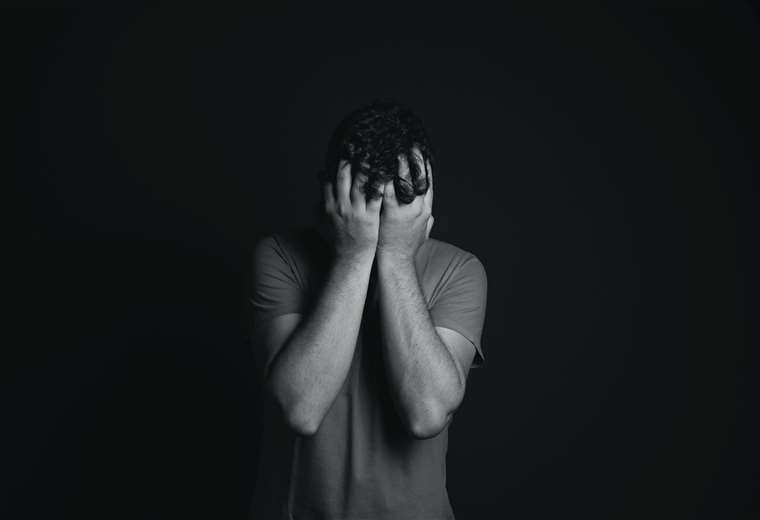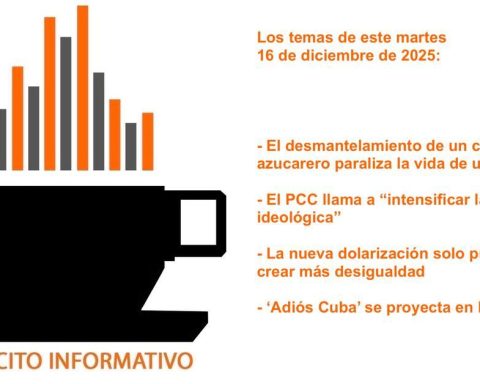April 24, 2023, 8:50 AM
April 24, 2023, 8:50 AM
Social networks have become a space for the recreation of young people. They spend long hours linked to mobile devices to play, socialize and share. Many studies have warned about the consequences, especially physical, of these prolonged sessions. Some, the most recent, also talk about the psychological repercussion of this dependency.
Already in 2019, a study published by the JAMA Pediatrics magazine of Canada refers to the appearance of symptoms of depression in young people who spend long hours on social networks.
The director of the Psychology program at the Franz Tamayo University, Unifranz, Liudmila Loayza, indicates that the pandemic and the current contextto the of social networks indicators have increased of depressive disorder in adolescents.
“Young people were not such a vulnerable group as they are now. the pandemic by the Covid-19, as well as the context in which the adolescent lives today, who is already a social being within the social networks, potentiate vulnerability that adolescents already have when they are in a transition stage,” he points out.
The World Health Organization (WHO) defines mental health as “a state of mental well-being that enables people to coping with life’s stressful moments, develop all their abilities, be able to learn and work properly and contribute to the improvement of their community”.
Loayza assures that mental health is of great importance for the performance of the human being. “As long as there is a balance between physical health and emotional health, the person can be functional in all areas of his life, such as school, university, work or family”, he indicates.
Disorders that damage mental health
Mental disorder is a pathology in the field of mental health. It is everything that is far from normal.
“Many things can trigger a mental disorder at a certain stage of life (…). In recent times, what is being seen is that Mental mood disorders have increased, such as anxiety disorder and depression,” adds Loayza.

Many young people are diagnosed with depression or anxiety. Studies link disorders by the time spent on social networks
Types of Mental Disorders
The World Health Organization (WHO) recognizes various mental disorders. One of the most common and widespread is the anxiety. It is characterized by excessive fear and worry and related behavioral disorders.
The depression alludes to a state of mind marked by loss of enjoyment or interest in activities most of the day.
A third disorder has to do with bipolarity. Affected individuals experience depressive episodes alternating with periods of manic symptoms.
Schizophrenia yesand characterized by an important deficiency in perception and by behavior changes.
Perhaps one of the most frequent disorders has to do with the posttraumatic stress. Part of the experience of an extremely threatening or horrible event that affects people. An accident, an explosion or an operation can be the trigger.
More recently, other disorders have been identified, such as eating behavior, disruptive and dissocial behavior or behavioral disorders neurodevelopment.
Anxiety and depression do not go together
Anxiety and depression are different disorders that are often confused. Anxiety is an anticipatory fearis to always be restless in any situation, to be in a state of alert.
“I’m going to work and suddenly I’m already on alert because I don’t know if I’m going to get mobility, if I’m going to be late, I’m on alert, anguished, I still think something bad is going to happen to me in university or at school or in another environment, it is a state of alert,” says Loayza.
Meanwhile, depression is a low mood in which the person feels sad with no meaning in life. However, in anxiety disorder a depressive symptom can occur, that is, at some point the person can feel sad.
Only the psychologist will be able to determine, after an accurate assessment, what type of disorder – anxiety, depression or another – a person is going through.
















